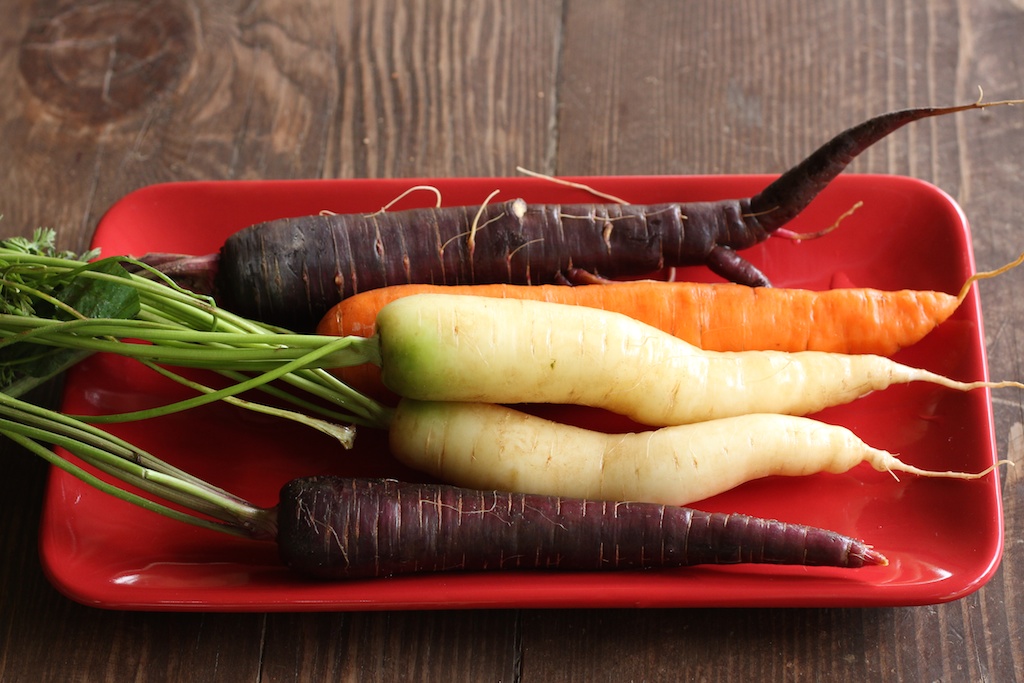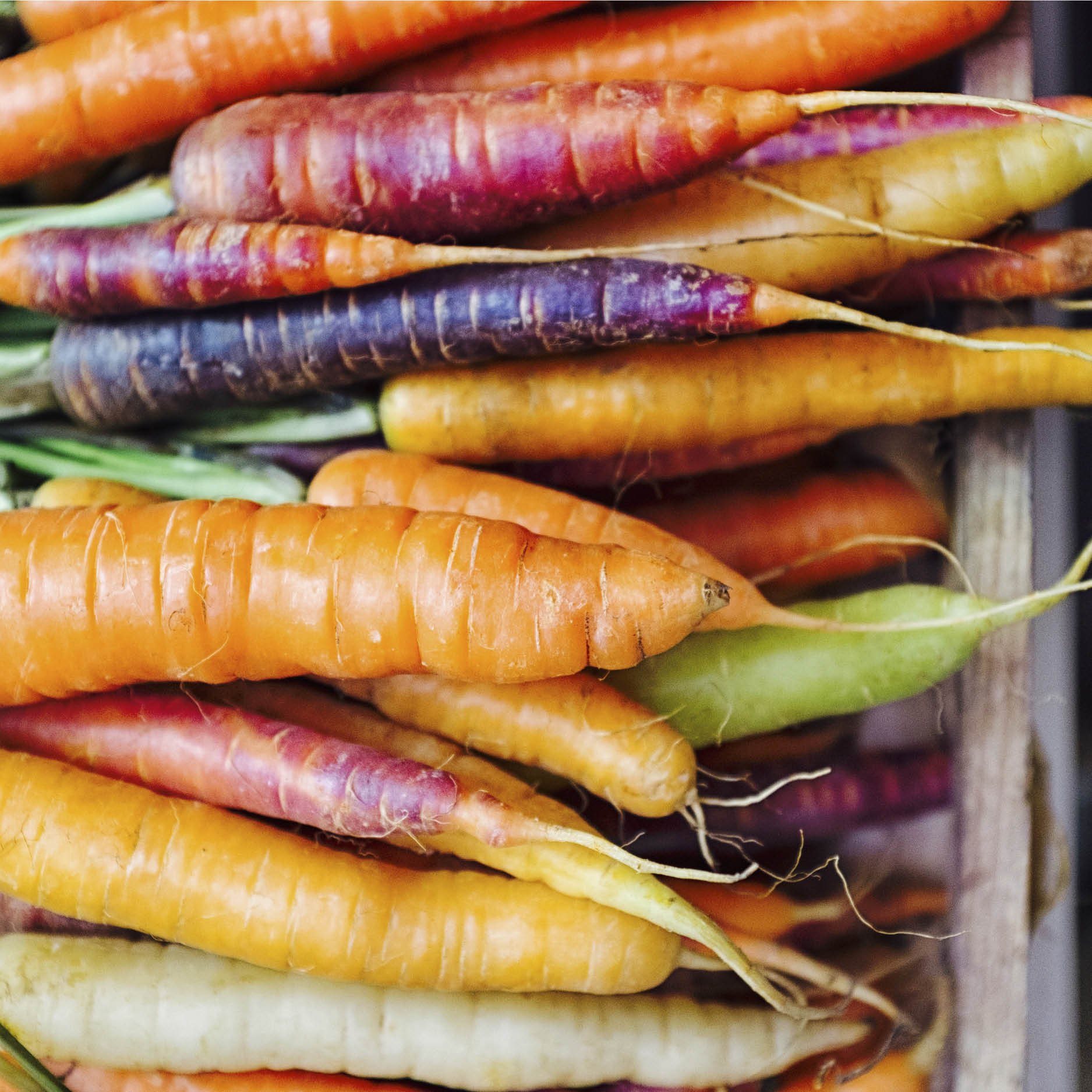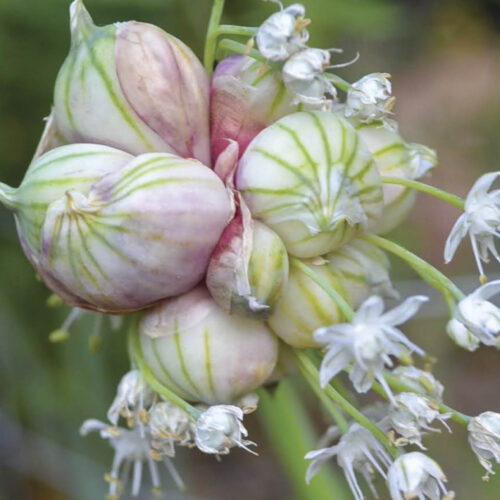Carrot crops
2015-04-10T03:36:19+10:00
No matter where you live, PENNY WOODWARD says that carrots can be planted now.
I used to think that I couldn’t grow carrots, so stopped planting them. Over the last few years I tried again, made a few changes and now I love my successful carrot crops. Often the delicious crunchy roots don’t make it into the kitchen because I absentmindedly eat them while making my way from the garden to the kitchen.
Early Romans knew how to grow carrots but mainly grew purple and white ones. It’s believed that the first carrots were purple and came from Afghanistan, Pakistan and northern Iran. Purple, white and yellow carrots were imported to southern Europe in the 14th century and were widely grown in Europe into the 17th Century. Our familiar orange carrots only appeared in 16th century Holland when patriotic Dutch growers used seed from purple carrots and yellow Turkish carrots to produce orange roots, reflecting the colour of the ruling House of Orange. Over the ensuing centuries, orange carrots came to dominate and carrots of other colours were only preserved by growers in remote regions of the world. Purple carrots are still grown in Afghanistan where they are used by tribesmen to produce a strong alcoholic beverage.
Carrots are biennials that grow with the typically deeply divided bright green leaves in a dense clump with one long plump ‘carrot’ root to each clump. The edible roots have vibrant orange, yellow, white or purple skins. Purple carrots often have bands of orange, yellow and purple flesh in the centre. Home grown carrots are sweet and spicy and great for salads, juicing, boiling, frying and roasting. The root colour comes from pigments in the roots that have known health-giving properties. Orange and yellow roots contain beta-carotene, red carrots contain lycopene and purple, anthocyanins which act as anti-oxidants that protect the body. In the second year, if the carrots are not harvested, then strong upright leafy flower stems will grow from the centre of the clump.
The flowers of purple carrot varieties are typically rose-pink to lavender while orange carrots have white flowers. All occur in umbrella-like flower heads in late summer and can make a delightful addition to the flower garden as well as attracting beneficial insects into the garden.
When planting your carrots find a sunny position with light well-drained soil without lumps or stones that might cause the roots to split. My carrots crops have improved with the improvement of my soil as I have gradually built up the organic content and depth. If you’ve got reasonable soil, add compost and well-rotted, well-broken-up manure before planting, then you should have no problems. Water regularly if it doesn’t rain.
Sow seeds directly into the soil in rows 20 cm apart and cover lightly with more soil. The other trick I learnt was to spread shade cloth over the surface of the soil until the carrots have sprouted, this stops them from drying out and dying. Once they have sprouted I remove the shade cloth and then cover with a wire screen. This stops the birds from digging them up, and the (I hope very temporary) resident rabbit from eating them! If he or his decedents are still around once the the seedlings poke through the screen, then I will have to put a temporary fence around the bed. Thin seedlings so that there is about 5cm between each plant. Start harvesting every second young carrot after about a month, but leave the others to develop to full size before you pull them up. Happy crunching!







